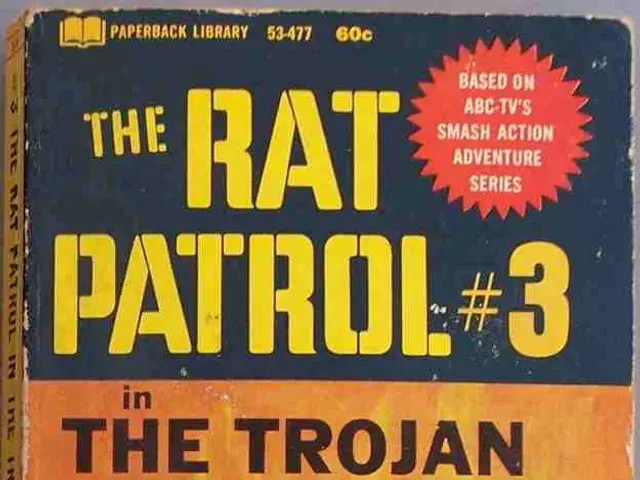USDA Map Reveals Growing Zones in Virginia for Planting Purposes
=============================================================================
Gardening enthusiasts in Virginia now have a valuable new resource at their disposal, as the USDA has released an updated Plant Hardiness Zone Map for the state. This map, replacing the one from 2012, offers more detailed and precise information to help gardeners and landscapers choose the best plants for their specific areas.
Determining your USDA plant hardiness zone can be beneficial when planning or modifying a garden and landscape. The new map takes into account factors such as elevation, urban heat, and proximity to a large body of water, providing a more accurate representation of the growing conditions in Virginia.
The state of Virginia is divided into four USDA plant hardiness zones, ranging from 5b at the northern tip to 8b on the eastern shore. Residents in the northwest of Virginia could experience chilly winter lows down to -15 F, while those in the southeast may see milder temperatures, with extreme lows typically above zero.
The map can be enlarged to see which zone covers a specific area by clicking on it. For example, the Virginia planting map can be enlarged by clicking on it to see which zone covers a specific area. This feature allows gardeners to easily identify their hardiness zone and choose flowers, shrubs, or trees that are most likely to thrive in their specific conditions.
It's important to note that while the USDA plant hardiness zones serve as a useful guideline for selecting plants, they do not replace the need for understanding other factors that influence plant growth, such as soil type, winter sun, and humidity. Soil type is one of the many factors that affect the success rates of plants, in addition to the aforementioned factors.
For those seeking additional gardening tips and resources, the Garden Helper Platform offers a wealth of information, including videos, articles, and a free e-book titled "How to Grow Delicious Tomatoes". By signing up for their newsletter, you'll also receive gardening tips and advice straight to your inbox.
In conclusion, the new USDA Plant Hardiness Zone Map is a valuable resource for gardeners and landscapers in Virginia. It offers more detailed and precise information, making it easier to choose the right plants for specific growing conditions. However, it's important to remember that understanding other factors that influence plant growth, such as soil type and winter sun, is also crucial for a successful garden and landscape.








